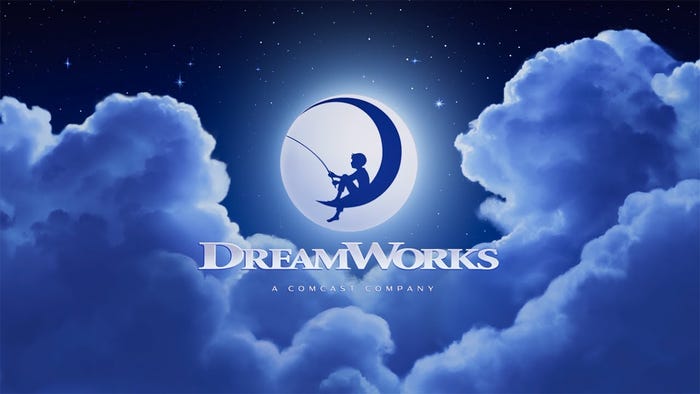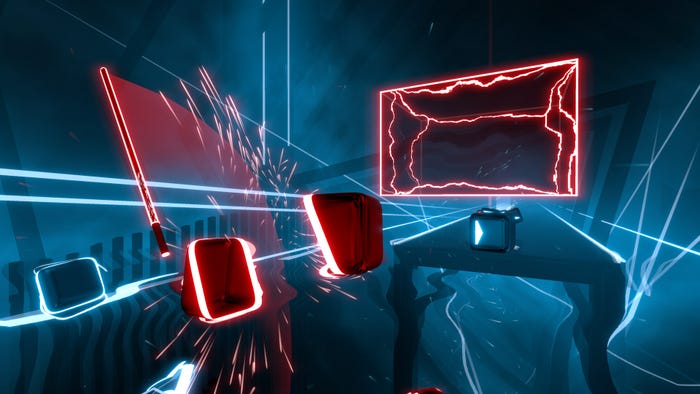
Featured Blog | This community-written post highlights the best of what the game industry has to offer. Read more like it on the Game Developer Blogs.
The Half-Cinderella: Why Gameplay never leaves the Ball
A look at the completeness of games' ludic narratives, and how they might be incomplete.

Reposted from www.throwthelookingglass.com
So I was thinking about Kurt Vonnegut's lecture on the shapes of stories again, and it occurred to me that the ludonarrative* arc of most games is good at going up on the Good/Ill Fortune graph, but very bad at going down it. In fact, most ludonarratives are a cut-down version of the Cinderella story that ends at 11:59pm.
*I'm using ludonarrative here to mean 'the gameplay story', though I'm not 100% sure it's the right usage.
Bear with me a moment as I explain exactly what all that means and why it matters, right after I get (buy) a beautiful dress (a sword wider than my body) from my fairy godmother (the blacksmith)...

More...
Let's begin by talking about the ludonarrative arc in terms of Vonnegut's Good/Ill fortune graph*.*If you haven't watched the video, you'll need to in order to understand this post. It's really rather good.
In this case, we're tracking the good or ill fortune of the player character as determined by gameplay alone: so looking at how the player's gameplay experience changes with no reference to writing, lighting, sound or other components of the directed narrative. Suddenly, placing good and ill fortune stories is really quite easy: good fortune is when your gameplay becomes enriched: you have more stuff, do more damage, have beefier stats. Ill fortune is the opposite: you have less equipment, do less damage, and are generally less able to kick serious butt.
So what does your average game do with the Good/Ill Fortune ludonarrative graph? They, like the story of Cinderella, start somewhere between low to average on the scale, and then staircase upwards as the player gets better. And better. And better. And at some point the staircase becomes a Staircase to Heaven (sorry, couldn't resist) as the player becomes God-like, and then they kill the other (notably more evil) God-like entity. And then the game ends.
Midnight strikes and your gravity gun turns back into a pumpkin, but the player is long gone. Or the pumpkin can throw both people and objects around, making you more powerful than ever before.
So I should probably say this now: I am, by no means, talking about all games. In fact, I can fairly safely say that this is a phenomenon generally reserved for action games (whether they're FPS, RPG or otherwise). It should also be said that games aren't incapable of Ill fortune: Bioshock had a (short-lived) point where your powers were on the fritz and quite a few RPGs rob you of all your equipment at some point (though by that point, your stats are usually at the stage that it's a fairly small step down).
Why does this matter? In general, it matters because games are a storytelling medium, whether that story be the one the designer puts there or the one that the player creates through the game's algorithmic structure. In either case, we want to make the best stories possible.
The Half-Cinderella (as I'll now call this ludonarrative structure) poses two main problems to our storytelling efforts. First, the ludonarrative is far less effective without a drop in fortune ("everything was going to hell but then I somehow pulled it out of the fire" is so much more compelling than "then I won because I had slowly built up to having the best stuff in the game"). Secondly, it means that all ludic stories are the same story. While stories in other media are rather formulaic, there is at least a distinct difference between "man in a hole", "boy meets girl" and "cinderella" (and there are far more story types). When was the last time that you started playing a game and your character became steadily worse before getting better again (a.k.a 'man in a hole')?
Both these problems are symptomatic of a larger issue: that designers don't like to punish the player. Games are centred around the idea of rewarding the player for playing well, and there is therefore a feeling that if you make the player character worse, you're punishing the player and they'll stop playing. Yet nothing says that the player can't be rewarded through other means: story elements, sound and graphics, to name a few. And nothing says that reduced characteristics break the difficulty curve or make the gameplay less interesting: by introducing more constraints, the player is required to create new strategies.
In fact, the very idea that, as a player, I need to be constantly hand-fed bigger and shinier features to want to keep playing is a little insulting. I want to be challenged through loss as much as I am through gain, and I want my stories to be complete.
This thought just came to me in the last day or two, and so I'd love to hear some other players' and devs' opinions on the issue. Have you guys experienced the Half-Cinderella? Do you think it's actually a problem? Particularly, I'd love to hear any examples of games which either complete the Cinderella or have a completely different ludonarrative structure (mostly coz I'd love to play them).
About the Author(s)
You May Also Like













